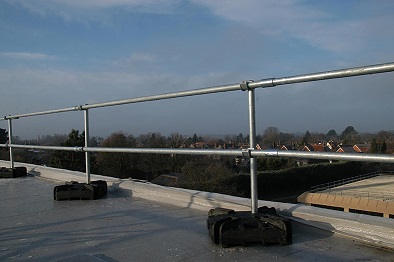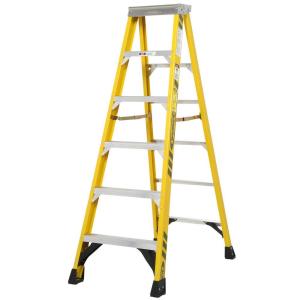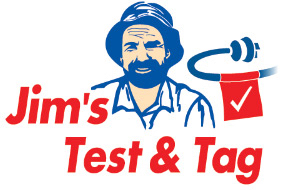Title Page
-
Client / Site
-
Conducted on
-
Location
-
Prepared by
-
Nature of work
-
Other nature of work
Identification of Work at Heights Activities
-
Are there activities associated with working at heights?
-
Select activities
- Erecting the steel framework of a building
- Installing scaffold
- Cladding roof of a steel-framed building
- Dismantling machinery on the roof of building
- Working at the side of a deep excavation
- Fixing pipework to the ceiling in a factory workshop
- Painting on heights
- Other
-
List other activities in the area involving working at heights
-
Are the employees / contractors / members of public at risk from work at height identified?
-
List their names here
-
Frequency of performing these activities
Identification of Hazards
-
Employee falling from height
-
Employee falling through a fragile roof
-
Objects falling on employees / members of the public
-
Slipping / collapsing access equipment
-
Slips / trips on elevated access ways
Control Measures
PLANNING
-
Is working at heights avoided where possible?
-
Is work at heights properly planned and organised?
-
Has the work area been surveyed for hazards, eg overhead power lines, unsuitable ground conditions, moving machinery parts?
-
During work at height is there always a competent person present who can suspend work if conditions change, eg weather, traffic, scope of work?
FRAGILE ROOFS
-
Are fragile roofs identified, labelled especially where fragility is disguised?
-
Are warning signs fixed on the approach to fragile roofs?
-
Is unauthorized access to roofs / roof spaces prevented?
LADDERS/ACCESS EQUIPMENT
-
Are portable ladders, steps and all other access equipment regularly inspected?
-
Are ladders only used for light work of short duration?
-
Are work platforms with edge protection, such as tower scaffolds, cherry pickers, scaffolding always used?
-
Are work platforms sufficiently wide to walk on without risk of stumbling or losing balance?
-
Are work platforms capable of supporting workers, equipment, materials, the safe working loads indicated and inspected every six months?
-
Is there a log maintained for ensuring quality of these equipment?
OPEN EDGES
-
Are open vertical drops identified and properly guarded when open?
-
Are hand rails present on the open side of staircases?
-
Are measures always taken to prevent falling objects injuring others as a result of working at heights?
-
Is fixed edge protection provided to prevent falls where working at heights cannot be avoided?
-
REFERENCE: Edge protection installed properly
[This is an example of how you can use iAuditor to include best practice reference images in your templates to assist with inspections]
RACKING
-
Is storage properly planned which discourages climbing racking or pallets to access goods?
-
Are adequate provisions in place to allow safe access to stored / displayed goods?
-
Are staff trained in safe working methods to access high level racking?
TRAINING
-
Have all workers who work at heights been assessed as competent or closely supervised by someone who is competent?
CONTRACTORS
-
Do contractors provide safe written working procedures for work at heights, are they screened / instructed and is their work monitored by a competent person?
PROTECTIVE EQUIPMENT
-
Where the risk of falls cannot be eliminated are safety harnesses, fall arrest devices or safety nets used as required?
-
Are anchorage points for safety harnesses and ladders provided, used and regularly inspected?
-
Write down positive observations
Recommendations
-
List recommendations here
Completion
-
Full Name and Signature of Inspector












